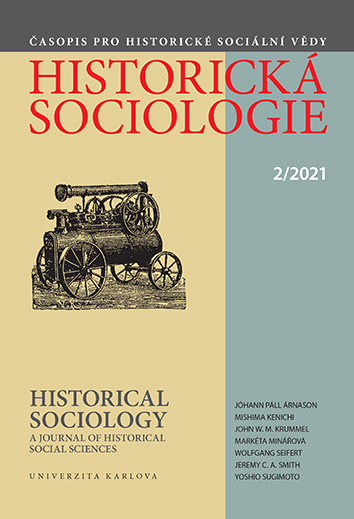Civilizational Aspects of Japanese History: Continuities and Discontinuities
Civilizational Aspects of Japanese History: Continuities and Discontinuities
Author(s): Jóhann Páll ÁrnasonSubject(s): History, Social history
Published by: Univerzita Karlova v Praze, Nakladatelství Karolinum
Keywords: Japan; civilization; culture; East Asia; China; S. N. Eisenstadt; Tokugawa regime; Japanese modernity
Summary/Abstract: This paper discusses the merits and problems of civilizational perspectives on Japanese history, with particular reference to the task of combining a comparative approach with valid points made by those who see Japan as a highly self-contained cultural world. After a brief consideration of Claude Lévi-Strauss’s reflections on Japan, the central section of the paper deals with Shmuel Eisenstadt’s work. His conception of Japan as a distinctive civilization characterized by pre-axial patterns is rejected on the grounds that the native mode of thought which he proposes to describe is more plausibly interpreted as an offshoot of Chinese traditions, although a notably autonomous and historically changing one. The transmission of Daoism to Japan, although much less explicit than the reception of Confucianism and Buddhism, was of crucial importance. That said, Eisenstadt’s concrete analyses of Japanese ways to transform foreign inputs are often detailed and insightful, and his comments on the relationship between culture and institutions raise important questions, although they must in many cases be reformulated in more historical terms. The paper discusses the genesis, dynamics and collapse of the Tokugawa regime (1600–1868), and concludes with reflections on Japanese modernity, up to and including its present crisis.
Journal: Historická sociologie
- Issue Year: 13/2021
- Issue No: 2
- Page Range: 105-132
- Page Count: 28
- Language: English

